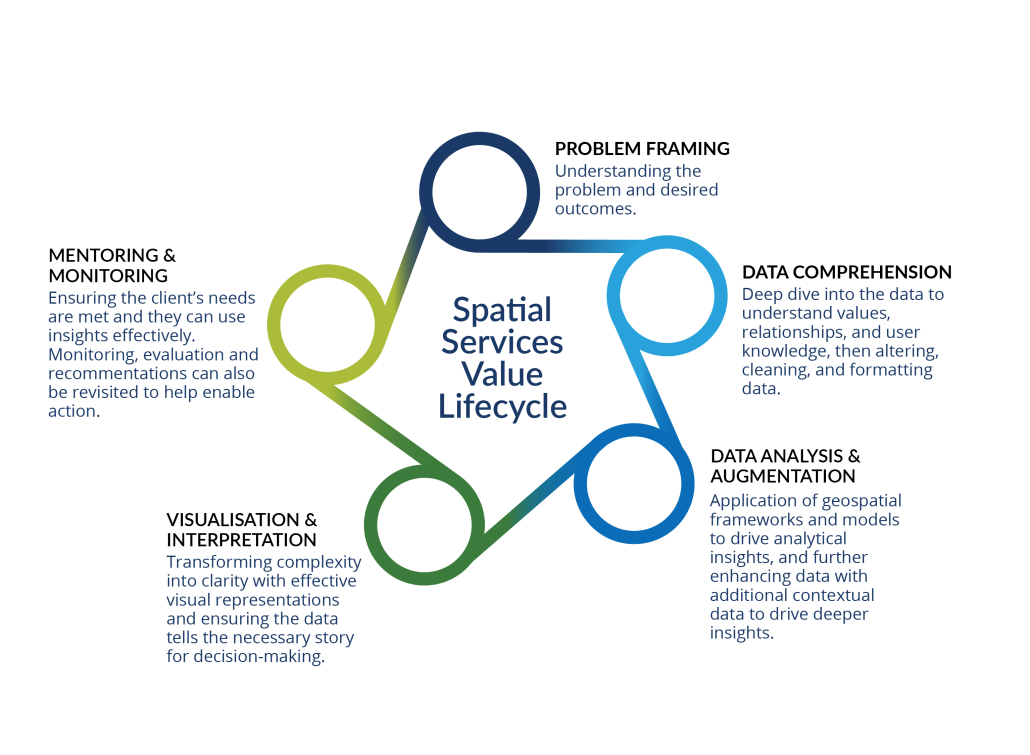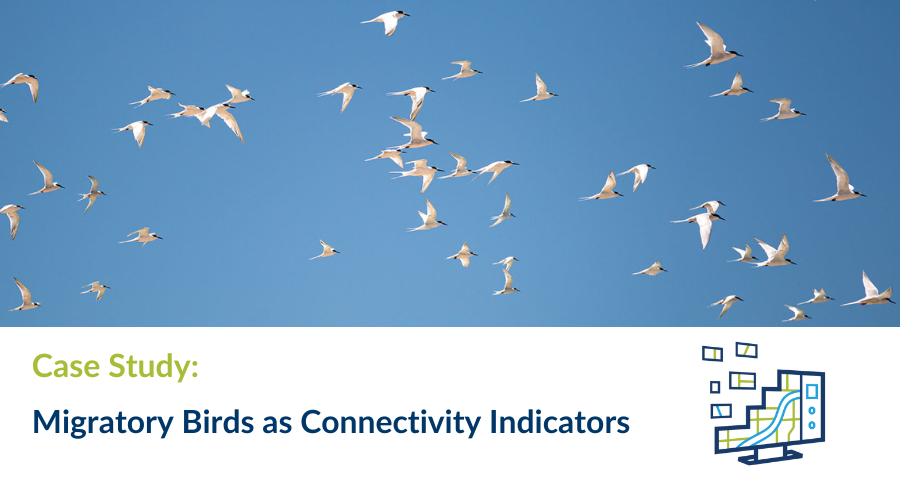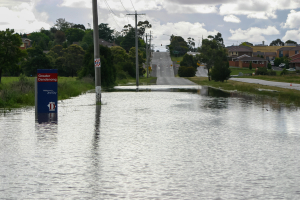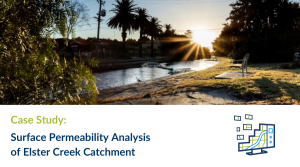Complexity to clarity: Navigating the complexity of geoscience data analysis
Geoscience and data analysis are formidable fields. Both demand dedication, experience, skill and time. The challenges in creating relevant and usable insights from geoscience data are numerous, but addressing these challenges is crucial for enabling on-ground action, supporting decision-making, and ultimately benefiting communities, particularly in the context of climate resilience.
The challenges we tackle
In our work, we often face the exciting task of supporting on-ground action and decision-making, and the data we provide needs to translate into actual steps that can be taken on the ground. This involves providing information that helps make decisions, prioritise actions, and allocate budgets effectively. Ultimately, our goal is to benefit various communities, particularly in enhancing climate resilience. However, the sheer volume and diversity of climate and spatial data can often bog down decision-making processes. Understanding this complex data requires a lot of expertise and a keen eye, making it difficult to extract meaningful insights that can guide actions.
Finding the right answers amidst the overwhelming data can be a significant challenge. Deciding on the best data models, frameworks, and workflows, especially when incorporating climate data, adds another layer of complexity. Picking out the relevant data from the mountains of available information is no easy feat and it requires a deep understanding of the data and the ability to sift through it to find what truly matters. This intricate process is essential to ensuring that the insights we provide are accurate, relevant, and actionable.
Our Approach
Our approach to tackling these challenges is structured yet adaptable, ensuring we meet our clients’ needs effectively. We begin with ‘project inception’ meetings to understand the problem and desired outcomes thoroughly. This initial stage focuses on data comprehension, where we dive deep into understanding the values, textual data, and relationships within the data. We also ensure that no crucial user knowledge is missing.
Through user consultations, we frame the data in the context of the client’s work, which might lead to refining the original scope. Next, we gather, clean, and format the data—a time-consuming but essential process. We may also enhance the provided data with additional contextual information, adding significant value to the analysis.
During the analysis phase, we align the data with the desired outcomes. Sometimes, early findings may influence our initial approach, and we adapt through ongoing consultations with the client. Visualisation is a critical phase where we transform complexity into clarity by exploring various visualisation formats to find the most effective representation of the data.
We work closely with clients during the interpretation phase to ensure the data tells the necessary story, making it ready for decision-making. We might use web applications, interactive maps, and other visual aids to provide further insights.
Finally, we ensure the client’s needs are met through a thorough handover process, which includes mentoring to help them use the insights effectively. We also keep an eye on things through monitoring and evaluation, revisiting our approach based on new findings. Recommendations help move from data interpretation to action, involving application development, system modernisation, or creating new platforms.
Key Steps in Our Approach
Our comprehensive analysis workflow is designed to ensure a thorough understanding of client needs and data intricacies. We begin with initial meetings to grasp the core issues and desired outcomes, followed by in-depth data analysis and contextual framing. Throughout the process, we prioritise data integrity and enhancement, aligning our findings with client goals. Our approach includes transforming complex data into clear visual representations and actionable insights. By the end of the project, we ensure a smooth handover with mentoring, enabling clients to effectively use the provided insights. We can also provide continuous monitoring and evaluation help to transition from data interpretation to tangible actions, ensuring long-term success.
Key steps in our approach
The Positive Outcomes
Our comprehensive approach leads to a number of significant outcomes:
- Accessible Data: Making data easier to understand and use.
- Consumable Insights: Ensuring insights are accessible to multiple audiences.
- Evidence-Based Decisions: Providing justification for decision-making based on solid evidence.
- Informed Decisions: Facilitating informed decision-making processes.
- Addressing ‘Why’ Questions: Answering crucial questions to guide actions.
- Cost Efficiency: Focusing efforts on the most critical issues.
- Prioritising Actions: Based on evidence, actions can be prioritised effectively.
- Risk Management: Enhancing the ability to manage risks.
- Asset Management: Improving the management of assets through informed decision-making.
By tackling these challenges head-on, we transform complex geoscience data into actionable insights, ultimately supporting better decision-making and benefiting the communities and customers we collaborate with.
You may also be interested in…
Migratory birds as connectivity indicators
Investigating migration patterns and utilising density-based clustering to assess connectivity outputs as per the NSW Biodiversity Indicators Program.
Planning for climate change extreme weather events
Building capacity in the application of spatial technologies to better plan for and understand the consequences of anticipated climate change and associated extreme weather events for communities.
Analysis of surface permeability for the Elster Creek Catchment area
We developed an analysis of surface permeability for the Elster Creek Catchment area, using Multispectral Imagery (at light wavelengths of Red, Green, Blue and Near Infrared), LiDAR and geospatial vector datasets.





